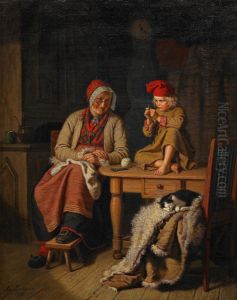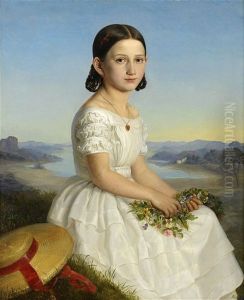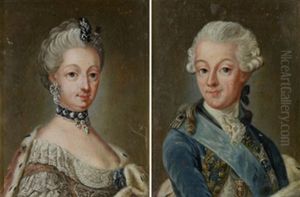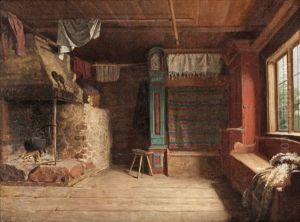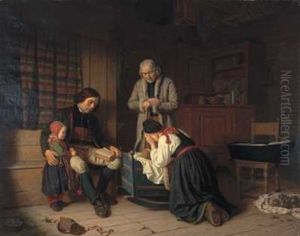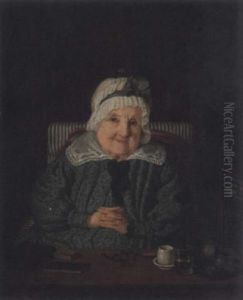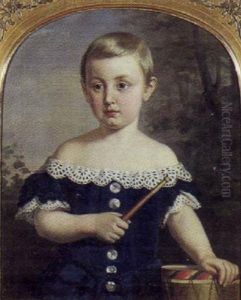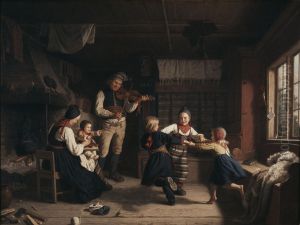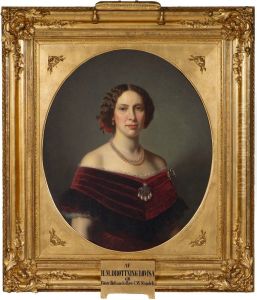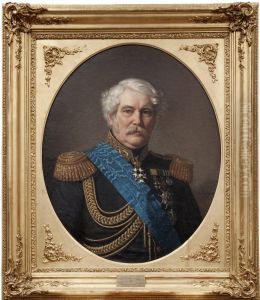Amalia Lindegren Paintings
Amalia Lindegren was a distinguished Swedish artist born on May 22, 1814, in Stockholm. Her early life was marked by personal loss, with her mother passing away when she was just a baby, and her father dying when she was ten. Raised by her maternal grandparents, Lindegren's artistic talents were evident from an early age. Her journey into the world of art began under the tutelage of the miniaturist Carl Gustaf Adolf Mörck. Recognizing her potential, Mörck recommended her to the Royal Swedish Academy of Arts, where she began her formal education in 1839. Lindegren's time at the Academy was transformative; she was one of the first women to be admitted, paving the way for future generations of female artists in Sweden.
Lindegren's career took a significant leap forward after she received a royal scholarship in 1845, which enabled her to travel and study abroad. Her sojourns in Paris and Rome were particularly influential, exposing her to the works of the Old Masters and contemporary European art trends. During these travels, Lindegren honed her skills in painting, focusing on portraits, genre scenes, and the occasional historical painting. Her style was characterized by meticulous detail, sensitivity to light, and a subtle yet poignant expression of her subjects' inner lives.
Upon returning to Sweden, Lindegren emerged as a prominent figure in the Swedish art scene. She was known for her portraits, which often depicted members of the Swedish royal family, notable society figures, and her contemporaries. Beyond portraiture, her genre scenes—depicting everyday life with a tender realism—were celebrated for their emotional depth and technical precision. Lindegren's contributions to Swedish art were recognized in 1856 when she became an honorary member of the Royal Swedish Academy of Arts, and in 1864, she was granted lifetime financial support by the government, an acknowledgement of her significance as an artist.
Amalia Lindegren's legacy extends beyond her paintings. She was a pioneer for women in the arts, breaking barriers in a male-dominated field and setting a precedent for the acceptance and education of female artists in Sweden. Lindegren continued to paint and exhibit her work until her health declined. She passed away on December 27, 1891, in Stockholm, leaving behind a body of work that continues to be celebrated for its elegance, emotional depth, and technical proficiency. Lindegren's life and career remain a testament to her resilience, skill, and the quiet strength with which she navigated the challenges of her time to become one of Sweden's most respected artists.

